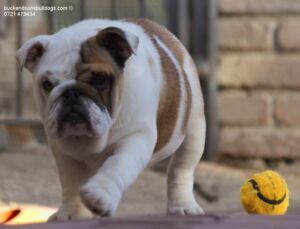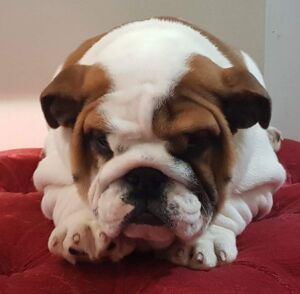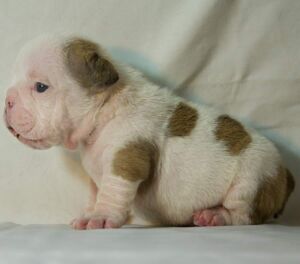LEISHMANIOSIS
This disease is due to a protozoan called "Leishmania". Leishmaniasis is also present in humans but is supported in this case by a different Leishmania than the one affecting the dog, for this reason the dog cannot transmit the disease to humans. It is carried by a particular mosquito, the phlebotomist, which is present especially in Tuscany, the island of Elba, Sicily, Sardinia, Calabria, and Puglia, areas that are therefore close to the sea. Recently there have been numerous reports of the disease also in the areas around Lake Garda. In dogs, the disease can manifest itself with an "internal" and an "external" form. The first is responsible for severe suffering of the liver, spleen, lymph nodes and many other organs. However, it is an uncommon form as most of the time the manifestations of the disease are external, that is, cutaneous. We realize that the dog has contracted leishmaniasis because the hair becomes ugly and has a particular dandruff, with large flakes of amantiaceo color, especially around the eyes (it seems to have glasses), the nails become particularly long (onychogryphosis), it loses weight a lot and it looks like an old dog. It is an extremely serious, sometimes fatal, disease. The worst aspect of this pathology is that the infection cannot be cured, the protozoan is present and remains on the dog. Both blood tests (serological, biochemical, blood count and protein electrophoresis) and cytological examination of the lesions are useful to diagnose the disease. The therapy consists in the oral administration of allopurinol for the whole life of the animal (it is a drug used in humans to treat gout and which allows to reduce uric acid in the dog, essential for Leishmania to survive) and meglumine antimoniate for a variable but limited period of time (a drug that affects the metabolism of the protozoan by killing it). With the therapies it is possible to regress the symptoms (even if it is not easy) and to make the leishmania hide itself inside certain organs, but over time it is possible that it returns to the attack and the dog worsens. Preventing the disease is fundamental and a few precautions are enough: apply a repellent collar to the dog when you are in environments where the phlebotomus mosquito is present (Scalibor); administer spot-on products (Advantix); avoid letting the dog sleep outdoors (the phlebotomist is most active during the early morning and evening hours); equip the places where our friends live with mosquito nets; in case of evening outings use repellent sprays etc etc ...
- All
- Dermatology
- Eye Pathologies
- Prophylaxis and Vaccines
- Bulldog Breathing
- Reproduction
- Various

LAMENESS

OTITIS

HIP DYSPLASIA

INGROWN TAIL

SWIMMING PUPPY SYNDROME

CHONDROPROTECTED

OTOHEMATOMA

KILLITAM

PYOMETRA

MONORCHIDISM AND CRYPTORCHIDISM

HYSTERIC PREGNANCY

HEAT AND FALSE HEAT

PROLAPSE OF THE URETHRA

DISTICHIASI

ENTROPION

HYPERTROPHY OF THE GLAND OF THE THIRD PALPEBRA (CHERRY EYE)

HEAT STROKE

WHY DOES THE BULLDOG BREATHE BAD?

LEPTOSPIROSIS

VACCINAL PROPHYLAXIS

LEISHMANIOSIS

PHILARIOSIS

ATOPIC ALLERGY

PIODERMITE

INTERDIGITAL CYSTS

PODODERMATITIS

ACNE

CYCLIC ALOPECIA OF THE FLANK

DEMODECTIC MANGE

